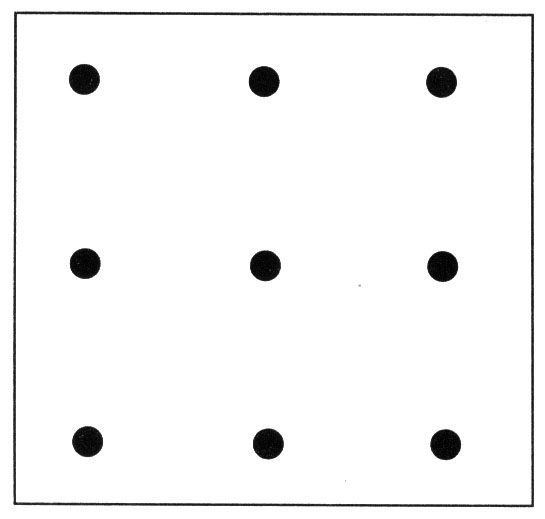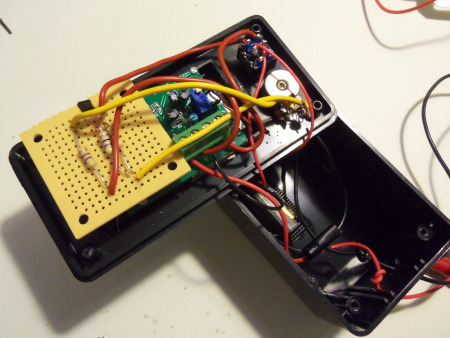Using transcranial direct current stimulation, we tested whether stimulation of left lateral prefrontal cortex had discriminate effects on language and memory conditions that rely on executive-control (versus cases with minimal executive-control demands, even in the face of task difficulty). Participants were randomly assigned to receive Anodal, Cathodal, or Sham stimulation of left lateral prefrontal cortex while they (1) processed ambiguous and unambiguous sentences in a word-by-word self-paced reading task and (2) performed an n-back memory task that, on some trials, contained interference lure items reputed to require executive-control. Across both tasks, we parametrically manipulated executive-control demands and task difficulty. Our results revealed that the Anodal group outperformed the remaining groups on (1) the sentence processing conditions requiring executive-control, and (2) only the most complex n-back conditions, regardless of executive-control demands. Together, these findings add to the mounting evidence for the selective causal role of left lateral prefrontal cortex for executive-control tasks in the language domain. Moreover, we provide the first evidence suggesting that brain stimulation is a promising method to mitigate processing demands encountered during online sentence processing.
Source: PLOS ONE: Language and Memory Improvements following tDCS of Left Lateral Prefrontal Cortex

 …we applied cathodal tDCS (1.6mA) at the left anterior temporal lobe (ATL) together with anodal tDCS at the right ATL for approximately 10 min… None of the 22 participants in the main experiment solved the nine-dot problem before stimulation. But with 10 min of right lat- eralizing transcranial direct current stimulation (tDCS), we found that more than 40% of participants could do so.
…we applied cathodal tDCS (1.6mA) at the left anterior temporal lobe (ATL) together with anodal tDCS at the right ATL for approximately 10 min… None of the 22 participants in the main experiment solved the nine-dot problem before stimulation. But with 10 min of right lat- eralizing transcranial direct current stimulation (tDCS), we found that more than 40% of participants could do so. Dr. Brent Williams, at his SpeakWisdom blog, published
Dr. Brent Williams, at his SpeakWisdom blog, published